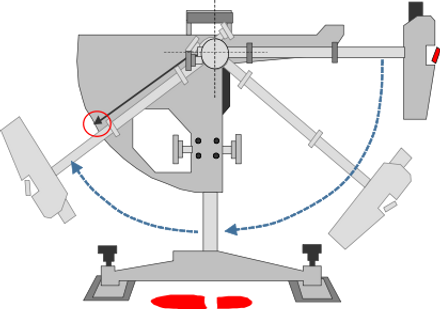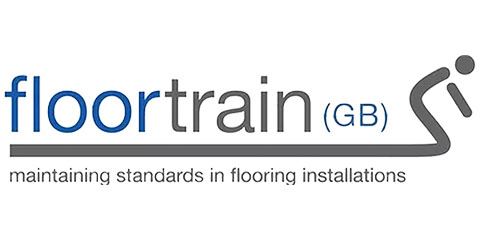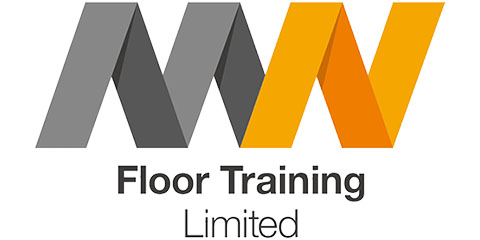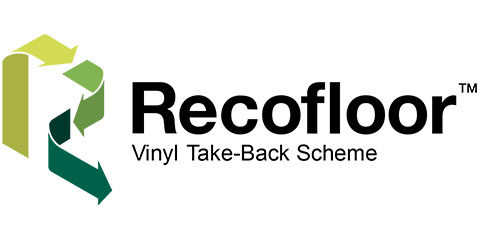What Are Flooring Slip Ratings And What Do They Mean?
Posted by Floormart on 16th Oct 2019
What is a flooring slip rating?
Simply put, the rating system tells you how "anti slip" the surface of the flooring is! Using several methods such as the pendulum test or the ramp test.
You commonly hear the terms R10 or R13 and so on, but what does that mean?
When using the ramp test, this involves a person that stands on, and walks backwards and forwards on the material being tested with common slip hazard contaminants such as water or other workplace contaminants. The angle of the flooring is raised until the test subject slips, this may also be done with a barefoot subject and the introduction of soap and water to simulate wet shower areas.
This information is then use to create the R slip rating table as follows

The higher the rating number the less slippy the surface is.
The pendulum test
This test measures dynamic coefficient of friction (CoF).
The test is designed to replicate a pedestrian heel strike, the point at which most slips occur.
When a pedestrian heel strikes a wet floor a fluid film is created between them, this can cause a slip.
This test works in wet conditions because it generates a similar fluid film between the slider and the floor.
It can be used to accurately test the slip potential on clean and dry or contaminated floors. The test also works with dry contaminants
The results of this test are different to the Ramp test. They are called PTV "Pendulum Test Value"
See chart below

The rating systems allow us to make informed choices about the flooring materials we need for specific environments.
All of your safety flooring has the slip resistance ratings so you can choose the right flooring for your setting.










